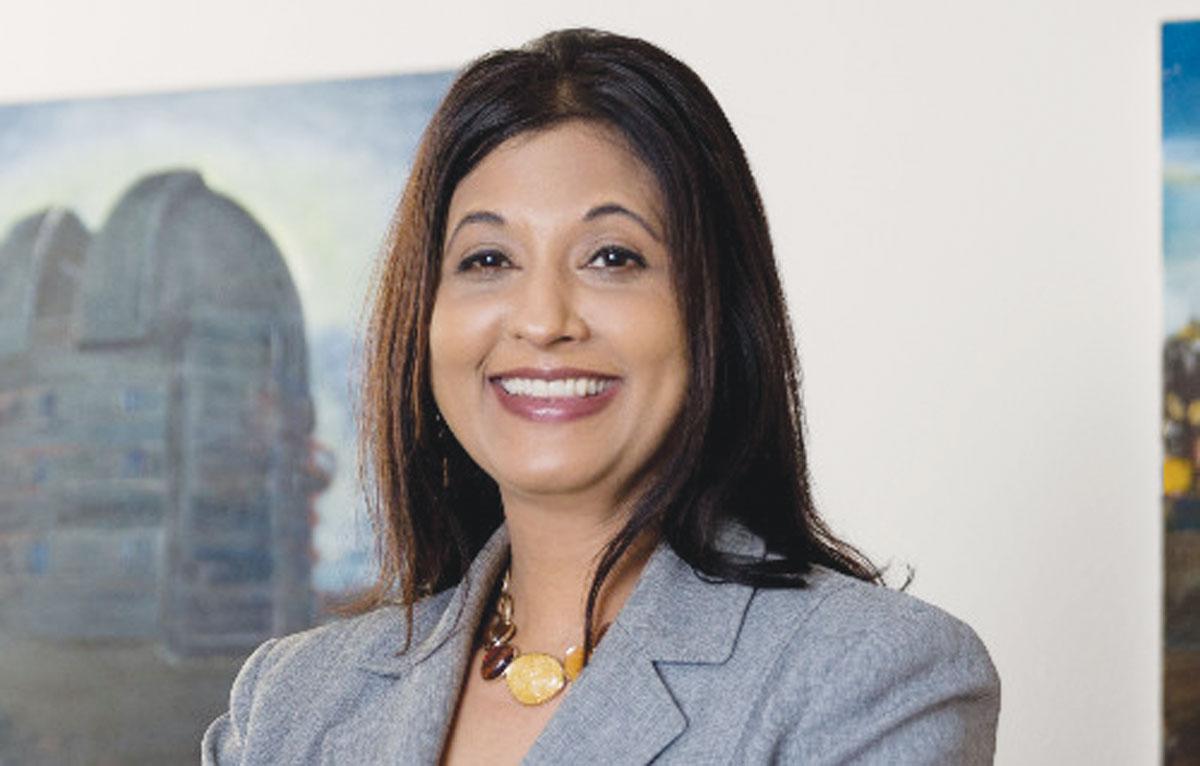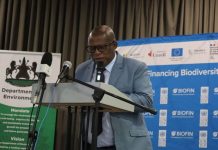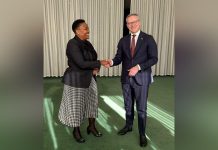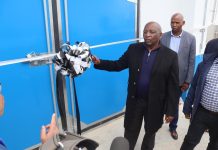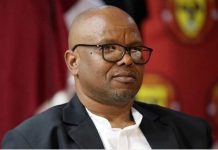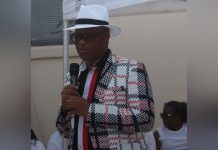Africa-Press – Lesotho. the journey of science exploration belongs to everyone, and we get the best far-reaching results by having diverse teams – where does this fit?) After over twenty years of planning and 10 billion US dollars in expenses, NASA launched the James Webb Space Telescope (JWST) — the most powerful space telescope every built and launched – in December 2022.
The first science data are transforming our views of the Universe, says Dr Shardha Jogee, Professor and holder of the Rex G. Baker, Jr. and McDonald Centennial Professorship on the Department of Astronomy at the University of Texas (UT) at Austin.
Her research group in the USA has led some of the early important discoveries with JWST in the last few months. This month the results have been shared with the public by over 60 media outlets (written or TV) all over the USA and in countries across six continents
At UT Austin, Dr Jogee leads a scientific research program to explore how galaxies and their constituent stars, black holes and dark matter grow across cosmic time, and she also teaches undergraduate and PhD students.
Her research uses NASA’s space telescopes, McDonald Observatory and other ground telescopes, as well as the Texas Advanced Computing Centre. Dr Jogee is a member of several international science teams, has won over $3.4 millions in grant funding from NASA, the National Science Foundation, the Department of Defense and published 190+ papers with over 7,750 citations.
Dr Jogee credits the power of education for enabling her to pursue her dream of becoming an astrophysicist.
She is a proud member of Leadership Texas 2014, a public voices fellow with the OpEd Project, and strongly supports a broader participation of women and under-represented groups in STEM and the essential partnership between universities, federal agencies, and philanthropists in advancing society.
* The wellspring of astronomy and astrophysics is said to be basic human curiosity about the universe, and our place within it.
Was it that same curiosity that brought you to the USA and to the world of astronomy and astrophysics? Science and the quest to understand the universe have no geographical boundaries.
When I was around 15 years old, I fell in love with the field of Physics, its objectivity and elegance, and how it tries to explain the diverse phenomena around us. I was fascinated by how science constantly questions and re-evaluates itself when faced with new facts on new scales.
Thanks to the excellent high school education I received in Mauritius and my amazing parents who infused me with the idea that nothing is outside our reach if we work hard and aim high, I won a full scholarship to pursue a Bachelor’s degree in Physics at Cambridge University in England, and later a scholarship to pursue a PhD in Astronomy at Yale University in the USA.
Of all the possible sub-fields of physics, I picked astronomy (also called astrophysics) as it applies the laws of physics on the largest scales to address the most fundamental questions about our universe and our place in it.
How did stars, planets, galaxies, black holes, and the chemical elements for life form and evolve? What are the opportunities for life outside our solar system? What is the nature of the dark matter and dark energy that make up most of the universe? What is the ultimate fate of the Universe?
After my PhD, I conducted scientific research at Caltech and the Space Telescope Science Institute, which oversees the scientific operations of NASA’s space missions.
In 2004, I was honoured to join the faculty in the Department of Astronomy at the University of Texas at Austin (UT Austin), which is ranked as one of the top programs in space science in the USA.
* What is the nature of your work as a faculty member in the Department of Astronomy at UT Austin?
I teach and supervise students at the Bachelor and PhD levels, serve on different national committees, and lead a research program that explores how galaxies and their constituent stars, black holes and dark matter grow across cosmic time.
My research program uses NASA’s space telescopes such as the Hubble Space Telescope and the James Webb Space Telescope, ground-based telescopes, as well as the Texas Advanced Computing Center (TACC).
While conducting research, I tremendously enjoy simultaneously training the next generation of young scientists. I believe that the journey of science exploration belongs to everyone, and we get the best far-reaching results by having diverse teams.
I am passionately committed to advancing inclusive excellence and a broader participation of women and other groups traditionally under-represented in STEM. I also believe it is essential for scientists to tell the public at large what we do, how we do it and why we do it.
For More News And Analysis About Lesotho Follow Africa-Press

